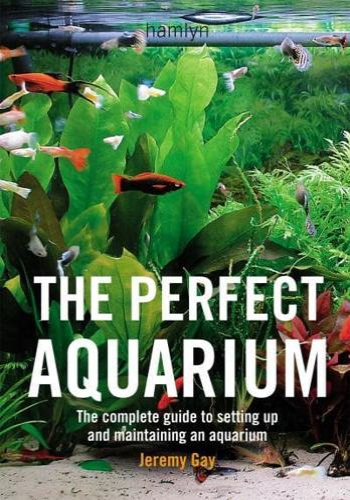Chapter 1: Planning Your Aquarium
* Define your goals and preferences: Determine the size, type, and theme of the aquarium you want.
* Research fish species: Choose fish that are compatible with each other and your tank's water parameters.
* Example: You decide to create a 50-gallon freshwater community tank for beginner fishkeepers and select guppies, tetras, and a dwarf gourami as suitable species.
Chapter 2: Choosing the Right Equipment
* Select a tank and filter: Determine the appropriate size and type of tank and filter for your fish species.
* Lighting, heating, and aeration: Choose lighting to suit your fish's needs, a heater to maintain a stable temperature, and an air pump or airstone for oxygenation.
* Example: You choose a 50-gallon rectangular tank with a canister filter, LED lighting, a submersible heater set to 78 degrees Fahrenheit, and an air pump with an airstone.
Chapter 3: Setting Up the Aquarium
* Rinse the gravel or substrate: Thoroughly rinse gravel or other substrates to remove dust and impurities.
* Assemble and install equipment: Follow the manufacturer's instructions for assembling and installing the tank, filter, heater, and lighting.
* Add water and cycle the tank: Fill the tank with water and run the filter for several weeks to establish beneficial bacteria and create a stable ecosystem.
* Example: You add dechlorinated tap water to the tank and run the canister filter for 6 weeks, monitoring water parameters regularly.
Chapter 4: Selecting and Introducing Fish
* Quarantine new fish: Isolate new fish in a separate tank for observation before adding them to the main tank.
* Acclimate fish to new water: Gradually expose new fish to the water in the main tank to minimize stress.
* Introduce fish slowly: Add a few fish at a time to prevent overcrowding and population spikes.
* Example: You quarantine a group of guppies for 2 weeks before gradually acclimating them to the main tank over 3 days.
Chapter 5: Feeding and Maintaining Your Aquarium
* Establish a feeding schedule: Determine the frequency and quantity of food for your fish based on their species and activity level.
* Perform regular water changes: Change 20-25% of the tank water weekly to remove waste and replenish minerals.
* Clean the tank and filter: Clean the tank walls, gravel, and filter media regularly to prevent algae buildup and maintain water quality.
* Example: You feed your fish twice a day, perform 25% water changes every Sunday, and clean the filter media and glass surfaces monthly.
Chapter 6: Troubleshooting Aquarium Problems
* Identify the problem: Observe your fish and water parameters to diagnose any issues.
* Treat diseases and parasites: Quarantine and treat any sick fish promptly to prevent the spread of infections.
* Fix water quality problems: Address issues such as high ammonia, nitrite, or nitrate levels by performing water changes and adjusting water parameters.
* Example: You notice your fish have white spots on their fins. You identify it as Ich, a parasitic infection, and separate the affected fish for treatment.








